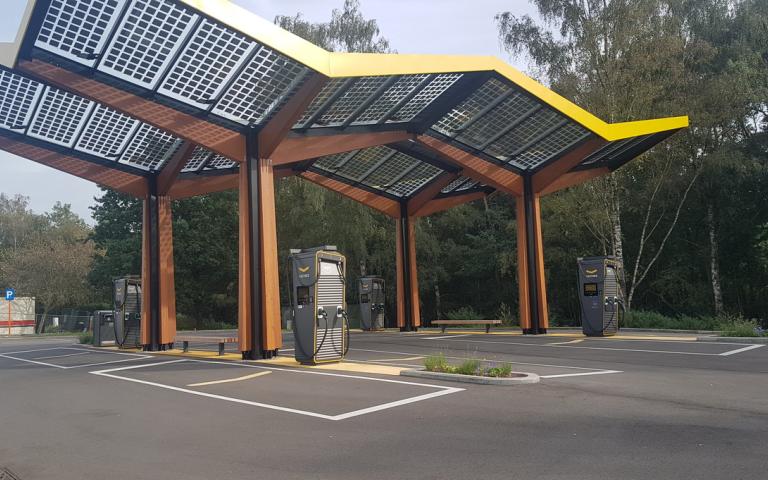With the new emission rules the European Parliament, the Council of Ministers and the European Commission decided on, means that 90 percent of all new city buses must be emission-free by 2030. Five years later 100 per cent of city buses must be emission-free in terms of CO2. For coaches and trucks over 7.5 tonnes the new rules prescribe that CO2 emissions are to be reduced by 45% by 2030, 65% by 2035 and 90% by 2040, compared to 2005 levels.
For city buses this means that they must be either battery-electric or fuel cell powered. For ACEA (the European Automobile Manufacturers’ Association), the implementation of the timeline remains extremely challenging in the absence of vital enabling conditions, as the organization states in a pressrelease. “Electric charging and hydrogen refilling infrastructure, comprehensive carbon pricing schemes, and meaningful support measures for transport operators to invest quickly: these are the key ingredients for rapidly decarbonising the heavy-duty transport sector, in addition to zero-emission vehicles,” emphasised Sigrid de Vries, ACEA Director General. Heavy buses and trucks that run on CO2-neutral fuels such as HVO and e-fuels are not included in the requirements.
ACEA explains that in order to achieve targets by 2030, more than 400,000 battery-electric and hydrogen-powered vehicles will have to be on the road, and at least one-third of all new registrations must be zero-emission models. Europe needs at least 50,000 suitable charging stations (the majority being Megawatt Charging Systems) and at least 700 hydrogen refilling stations to make the equation work. “We cannot continue boldly setting ambitious targets for vehicle manufacturers and expect swift and smooth implementation to follow. Without an enabling framework to shore up demand for the zero-emission models, achieving targets will be impossible, especially with the envisaged timeline,” de Vries explained.

